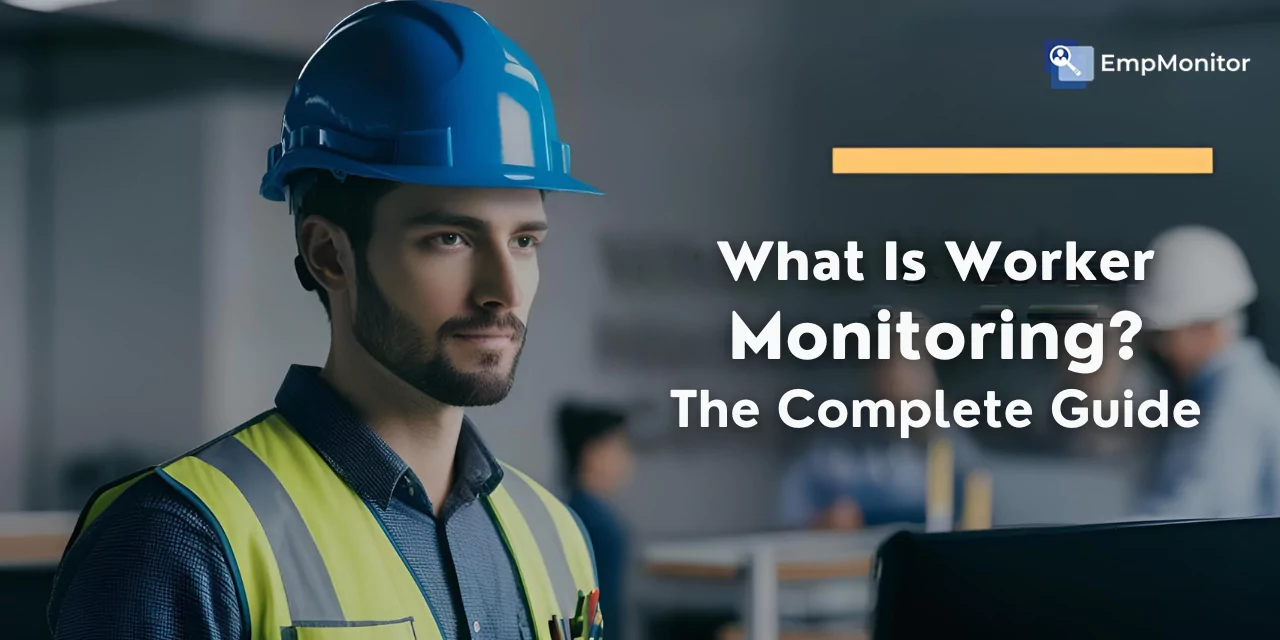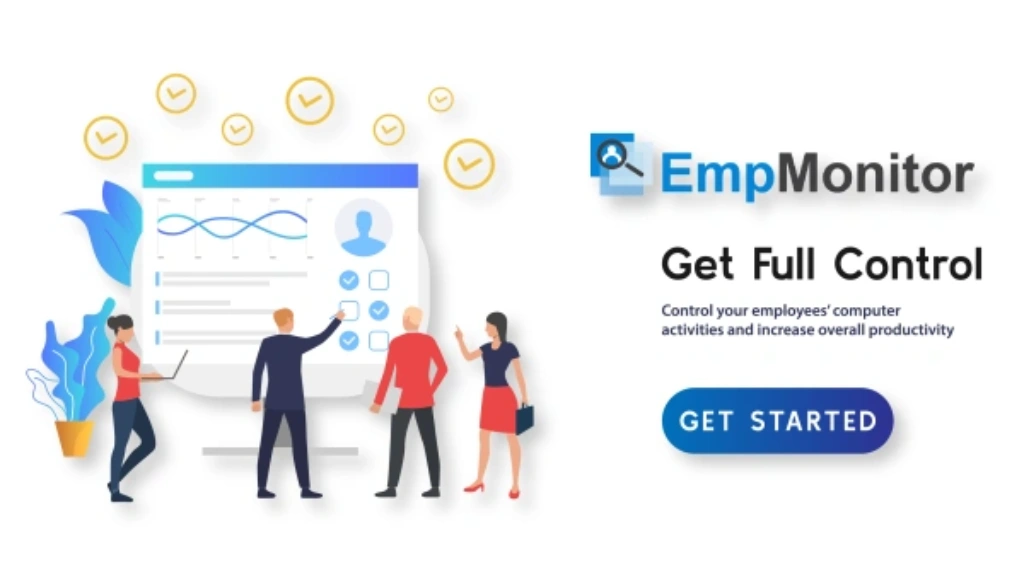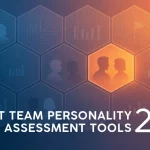The workplace is changing fast, and worker monitoring has evolved from simple oversight to a strategic tool that boosts productivity while respecting employees. Modern businesses need solutions that protect data, support teams, and drive results without creating tension.
This shift reflects a new approach to management. Today’s worker monitoring focuses on empowering employees rather than watching them. It provides insights that help people work smarter, not harder. The best tools offer transparency, giving everyone access to the same data to build trust.
The technology behind worker monitoring has grown sophisticated. AI can now spot productivity patterns while maintaining privacy. Cloud-based systems track output without invasive surveillance. These innovations create win-win situations where businesses get better performance & employees gain more autonomy.
Ethical considerations remain central to implementation. Successful companies communicate monitoring purposes clearly and involve teams in the process. They use data to improve workflows, not penalize individuals. This human-centric approach leads to higher engagement and better results.
Looking ahead, worker monitoring will become even more intuitive. Future systems may predict burnout risks or suggest optimal work schedules.
In a hurry? Listen to the blog instead!
The Evolution Of Oversight Techniques

The modern approach embraces technological innovations that refine oversight into actionable insights. Consider the journey from mechanical timekeeping to automated systems that use real-time data to improve work processes. Such advancements laid the groundwork for contemporary strategies. For instance, when discussing systems that integrate real-time feedback, we introduce worker monitoring for the second time to highlight its role in bridging traditional practices with modern requirements. This concept has transformed from a simple record-keeping tool into an intelligent solution that aligns productivity with employee well-being and organizational security.
As these systems matured, a clear shift occurred: oversight evolved from simple supervision into a tool for enhancing workflow and preempting risks. Data-driven systems analyze the volume of work & the quality and efficiency of team interactions. At this juncture, worker monitoring appears for the third time in our discussion, symbolizing its essential role in the transformation of workplace oversight. By examining this evolution, we set the stage for understanding why contemporary challenges demand even smarter, more adaptive approaches.
Why 2025 Require Smarter Oversight?
The changes in work arrangements over recent years have introduced new challenges. With a significant portion of teams operating remotely or in hybrid settings, the need for reliable methods to ensure productivity without encroaching on personal space has intensified. In this environment, businesses have adopted advanced technological solutions to manage workflows and secure sensitive information. In this section, we revisit worker monitoring for the fourth time to emphasize its critical role in creating a framework where employee autonomy and organizational security coexist.
Recent research indicates that as work models diversify, risks such as accidental data exposure or internal errors are rising. To address these challenges, modern systems are designed to track activity levels & anomalies in work patterns. Tools that support this dual role of productivity enhancement and risk mitigation have become indispensable. With precise analytics and proactive alerts, these systems guide management decisions while safeguarding employee privacy.
By 2025, the approach has shifted toward intelligent systems that provide managers and employees with insights that improve workflow efficiency. This smart approach can be seen as an extension of earlier methods but with added layers of analysis and security protocols. Our discussion reintroduces worker monitoring for the fifth time as we underline its impact in reducing operational risks and ensuring that oversight methods are aligned with ethical standards. With such systems, managers can identify potential issues before they escalate, creating a safe environment and prioritizing data integrity and employee satisfaction.
As we move forward, it becomes clear that these adaptive systems are not merely about surveillance; they are tools for understanding work habits and facilitating a supportive environment. This balance between oversight and trust is explored in the following section on ethical considerations.
Ethical Considerations In Modern Oversight

Building Trust Through Transparency
A growing number of organizations are now crafting monitoring policies in collaboration with employees. This collaborative approach ensures that teams understand the purpose, scope, and limitations of worker monitoring systems. By involving employees in these conversations, companies cultivate an environment where oversight is perceived as a tool for support rather than control. Clear communication about what data is collected and how it will be used alleviates concerns and promotes a sense of mutual respect.
Shifting From Micromanagement To Meaningful Insights
Modern monitoring systems have evolved to provide actionable insights without encroaching on personal space. These systems focus on identifying productivity trends and workflow efficiencies rather than tracking individual actions. For instance, instead of monitoring keystrokes or screen time, advanced analytics assess task completion rates and project progress. This shift highlights the distinction between worker monitoring as a control mechanism and a supportive tool that empowers teams to excel. Tools like EmpMonitor exemplify this approach by offering features that focus on enhancing productivity without compromising employee trust.
Compliance With Global Privacy Standards
With the rise of international privacy laws, ethical monitoring practices have become essential for legal compliance. Regulations such as the General Data Protection Regulation (GDPR) and the California Consumer Privacy Act (CCPA) mandate that organizations maintain transparency and accountability in data collection. Modern worker monitoring solutions now include data anonymization and consent-based tracking to meet these standards, ensuring it can leverage insights while protecting employee privacy.
Integrating Feedback For Continuous Improvement
Ethical oversight practices also include regular feedback loops that allow employees to voice concerns and suggest improvements. By integrating these channels, organizations demonstrate their commitment to continuous refinement and adaptability. This approach transforms oversight from a rigid control mechanism into a flexible system that evolves with the needs of the workforce.
As ethical considerations take center stage, companies are redefining what effective oversight looks like. This discussion naturally transitions into an exploration of a platform that exemplifies these principles, setting a benchmark for future developments in worker monitoring.
EmpMonitor: The Employee Productivity Management Software
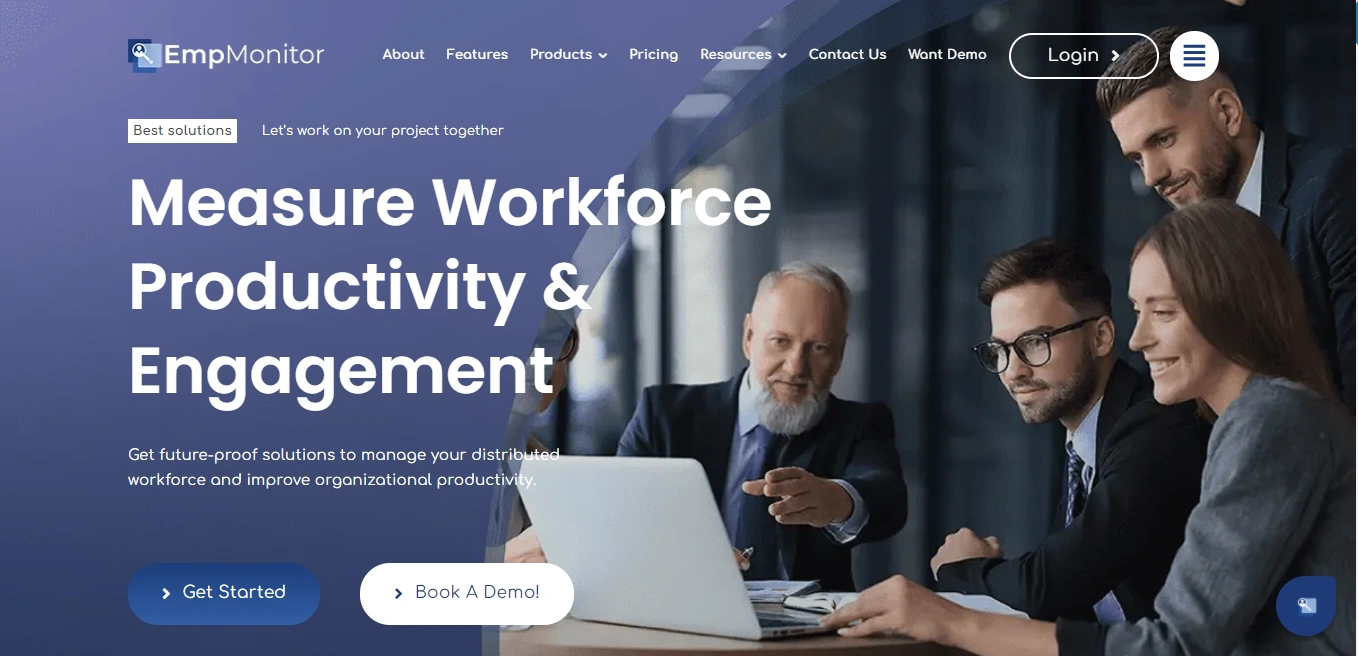
Key Features Of EmpMonitor:
AI-Driven Productivity Analytics:
Gain a deeper understanding of work patterns through advanced analytics that highlight performance trends and identify potential workflow bottlenecks. These insights allow managers to offer targeted support while avoiding micromanagement.
Non-Intrusive Remote Worker Time Tracking:
Monitor task progress and project milestones without disrupting employee routines. EmpMonitor focuses on results rather than individual activities, ensuring that remote worker time tracking promotes accountability while respecting autonomy.
Real-Time Risk Detection:
Safeguard sensitive company information with proactive alerts that detect suspicious activity and prevent potential data breaches. EmpMonitor ensures that security measures align with compliance regulations, adding protection to modern worker monitoring systems.
Wellness And Workload Balancing:
Analyze work patterns to identify signs of burnout or stress. By maintaining a healthy balance between workloads and breaks, EmpMonitor supports employee well-being while boosting overall efficiency.
EmpMonitor’s design emphasizes transparency and collaboration by providing employees with a clear understanding of how data is used. It ensures that monitoring is not seen as invasive but as a tool for improving workflows and fostering growth.
For example, a customer support team that adopted EmpMonitor witnessed a 25% increase in response time efficiency while maintaining a positive work culture. This case study highlights that with the right tools, organizations can uphold ethical monitoring practices while driving productivity.
By integrating EmpMonitor, companies can establish a balanced approach to worker monitoring, ensuring that oversight practices align with ethical standards while empowering teams to excel in their roles.
Looking Ahead: Trends And Predictions
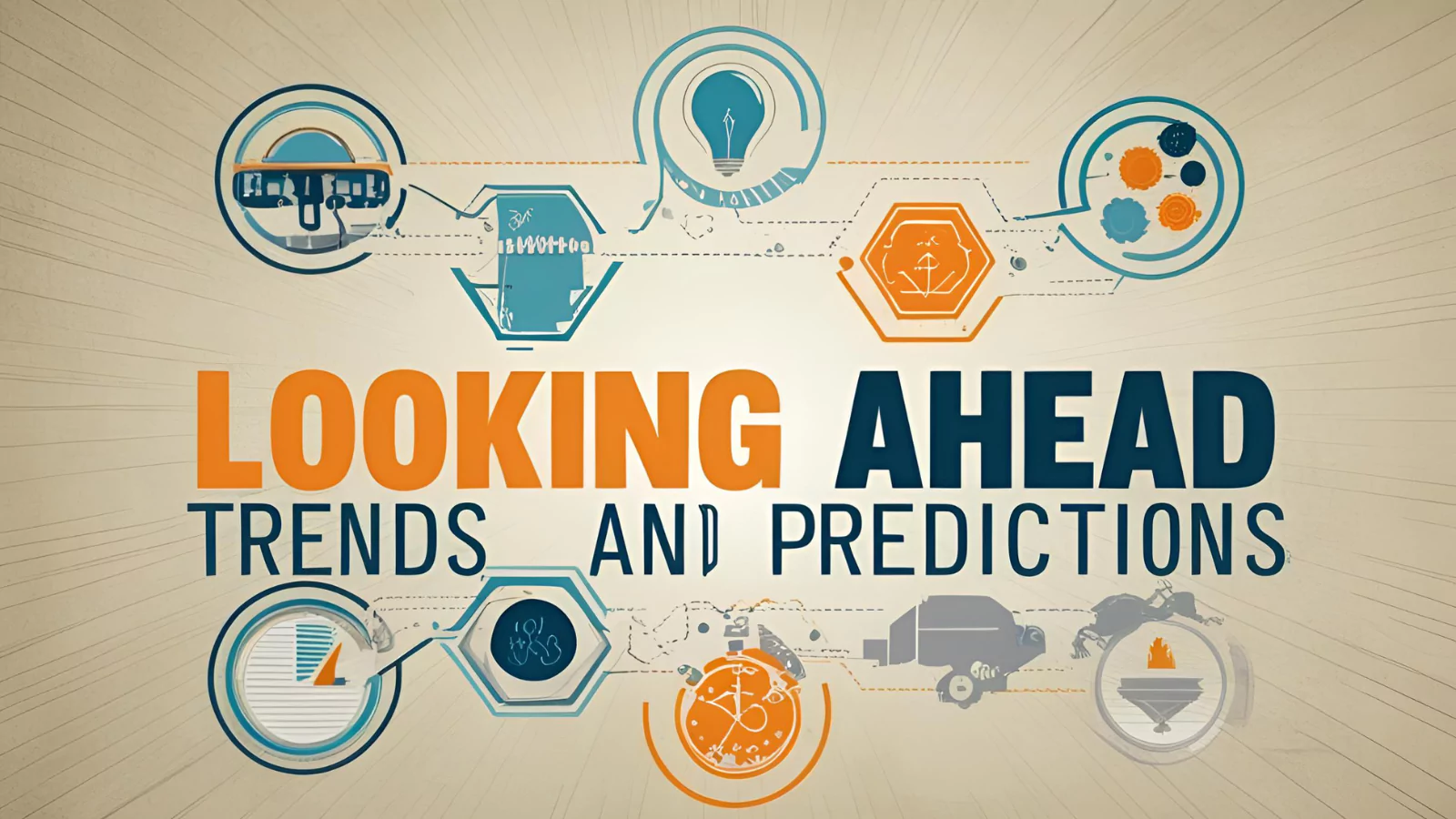
Predictive Analytics For Employee Well-Being
One of the most promising trends is the use of predictive analytics to assess employee well-being. By analyzing patterns in work behavior, attendance, and productivity, next-generation employee productivity monitoring tools will be able to detect early signs of stress, burnout, or disengagement. These insights will allow managers to take proactive measures, such as adjusting workloads or offering additional support, before small issues escalate into major challenges.
For example, an employee productivity tracker equipped with AI-driven analytics can flag irregularities in work patterns, indicating when an employee may need a break or a workload adjustment. This predictive approach transforms worker monitoring into a system that tracks efficiency & prioritizes employee satisfaction and retention.
Decentralized Data Control And Privacy Compliance
With increasing concerns over data privacy and security, future worker monitoring solutions will emphasize decentralized data control. As global privacy regulations become more stringent, companies will need oversight systems that automatically adjust to different legal requirements based on location.
This shift means that organizations must adopt tools that allow employees greater control over their data while ensuring compliance with privacy standards. Advanced employee productivity monitoring solutions will feature customizable permission settings, enabling workers to understand and manage what data is being collected and how it is used. By fostering transparency, companies can build a workplace culture that values trust and accountability.
Seamless Integration With Collaboration Tools
Another significant development will be the deeper integration of monitoring solutions with collaboration platforms. As hybrid and remote work become the norm, remote worker time tracking tools will need to synchronize effortlessly with project management software, communication platforms, and scheduling tools.
Future solutions will feature real-time dashboards that provide clear insights without unnecessary micromanagement. Instead of tracking hours worked, these systems prioritize goal completion, efficiency, and overall team performance. Worker monitoring will evolve to support managers and employees alike by delivering meaningful insights that enhance workflow efficiency rather than creating a sense of surveillance.
Balancing Oversight With Human-Centered Leadership
As workplace oversight continues to advance, the challenge will be finding the right balance between leveraging technology for increased efficiency and maintaining a people-first approach. The key to successful employee monitoring lies in ensuring that these tools serve as enablers rather than restrictions.
Companies that embrace ethical and employee-focused monitoring solutions will be better positioned to create a productive and engaged workforce. The next section will summarize key takeaways and outline best practices for adopting these innovations in a way that fosters growth, trust, and long-term success.
Read More
How Does Remote Worker Time Tracking Drive Better Results?
Final Thoughts
As workplaces evolve, worker monitoring is shifting toward a more balanced and ethical approach. Modern oversight tools are no longer just about tracking productivity. They serve as strategic assets that enhance efficiency, protect data, and support employee well-being. By integrating AI-driven insights, transparent policies, and compliance with global privacy standards, organizations can create an environment where businesses and employees thrive.
Moving forward, the key to successful worker monitoring lies in striking the right balance between oversight and trust. Companies that embrace ethical monitoring solutions, like EmpMonitor will be better equipped to foster a culture of accountability, transparency, and long-term success. By prioritizing collaboration and fairness, businesses can transform employee monitoring from a compliance necessity into a tool for growth, engagement, and innovation.
Frequently Asked Questions (FAQ)
1. How does employee monitoring impact employee morale?
When implemented transparently and ethically, employee monitoring can enhance morale by providing employees with clear expectations, fair evaluations, and actionable feedback. However, excessive surveillance or unclear policies may lead to stress and distrust. The key is to focus on support rather than control.
2. What industries benefit the most from employee monitoring?
Employee monitoring is valuable across various industries, including IT, finance, healthcare, customer service, and remote work environments. Any business that requires productivity tracking, data security, or compliance adherence can benefit from modern monitoring solutions.
3. Can small businesses implement employee monitoring effectively?
Yes, small businesses can use employee monitoring tools to optimize workflow without overburdening employees. Many solutions offer scalable features, allowing small teams to track project progress, manage remote work, and ensure data security without unnecessary complexity.
4. How can companies ensure that employee monitoring remains ethical?
To maintain ethical standards, companies should establish clear policies, communicate monitoring objectives with employees, and allow workers to provide feedback. Using non-intrusive tracking methods that focus on productivity insights rather than personal activities also helps build trust.
5. What are some misconceptions about employee monitoring?
A common misconception is that employee monitoring is solely about surveillance and micromanagement. In reality, modern solutions prioritize efficiency, security, and employee well-being by offering insights that help teams work smarter. Another myth is that monitoring invades privacy, but many tools now focus on anonymized data and compliance with global privacy regulations.

